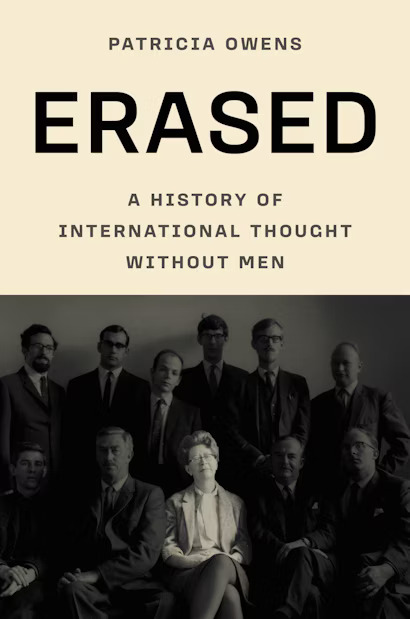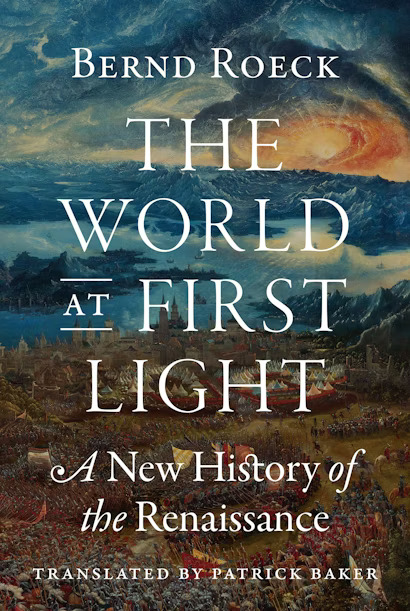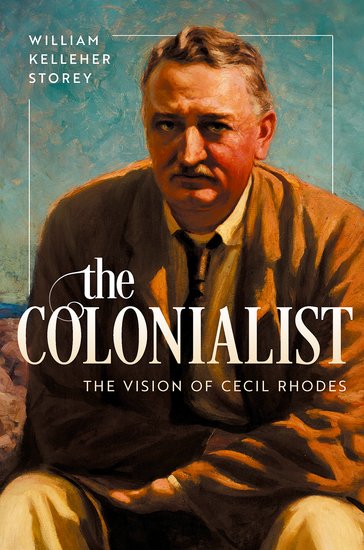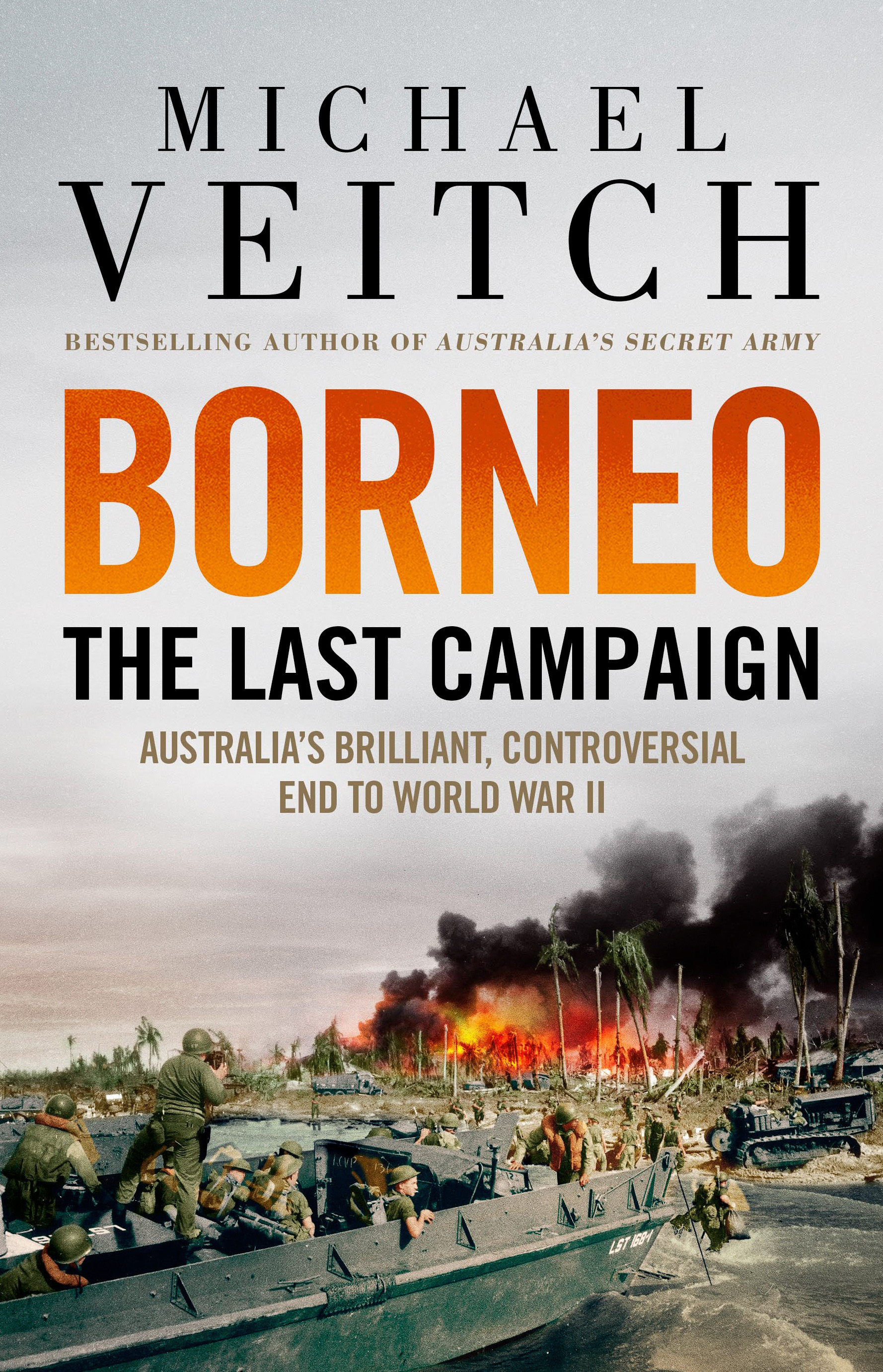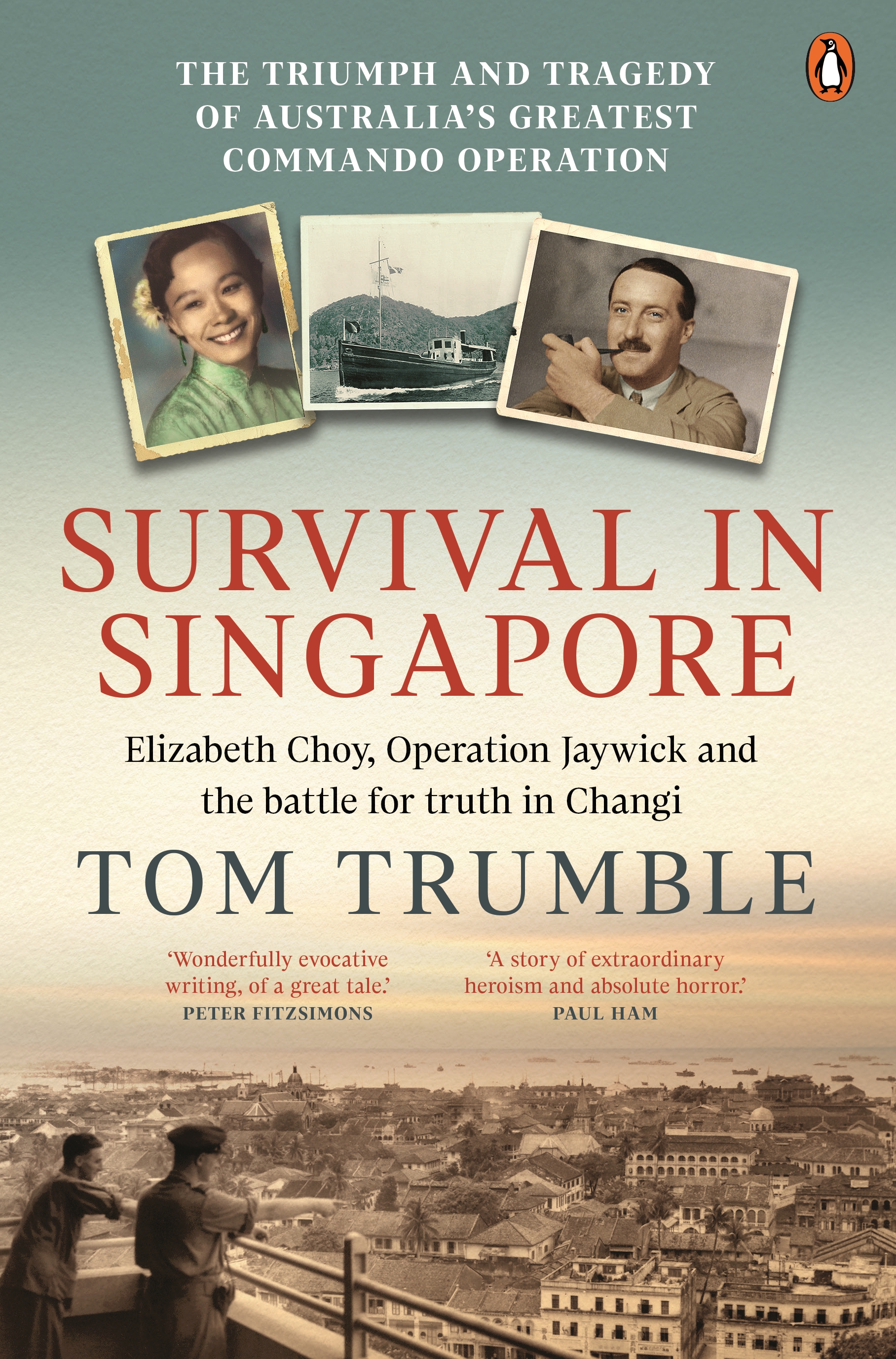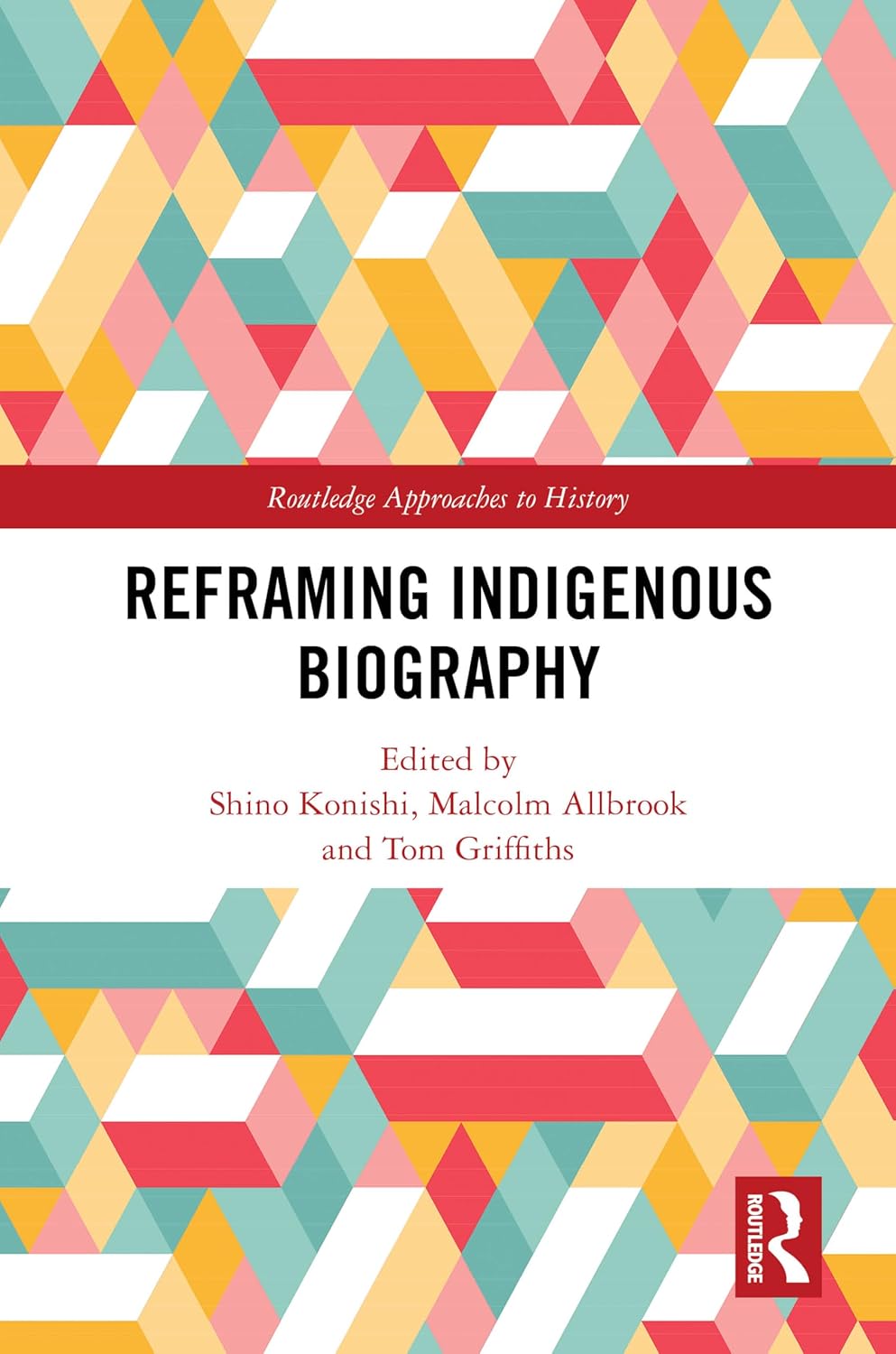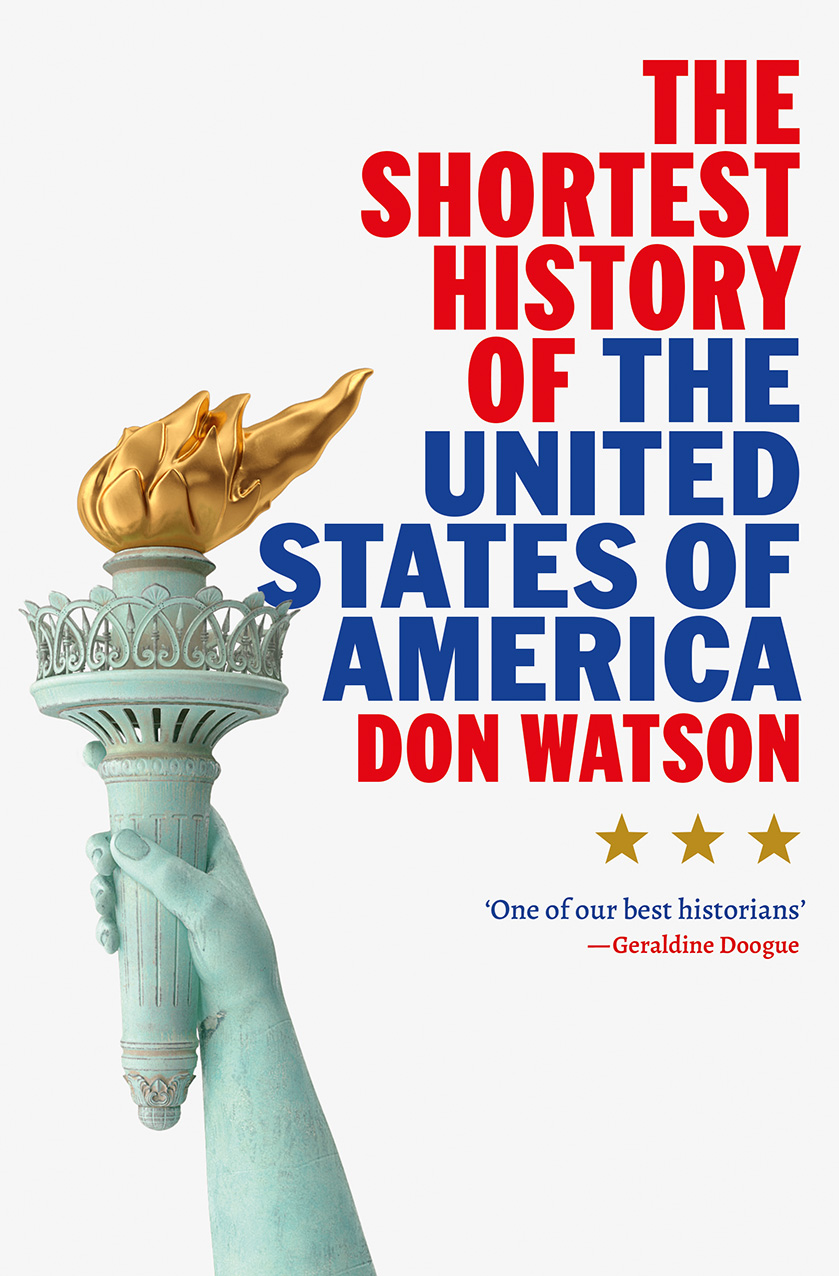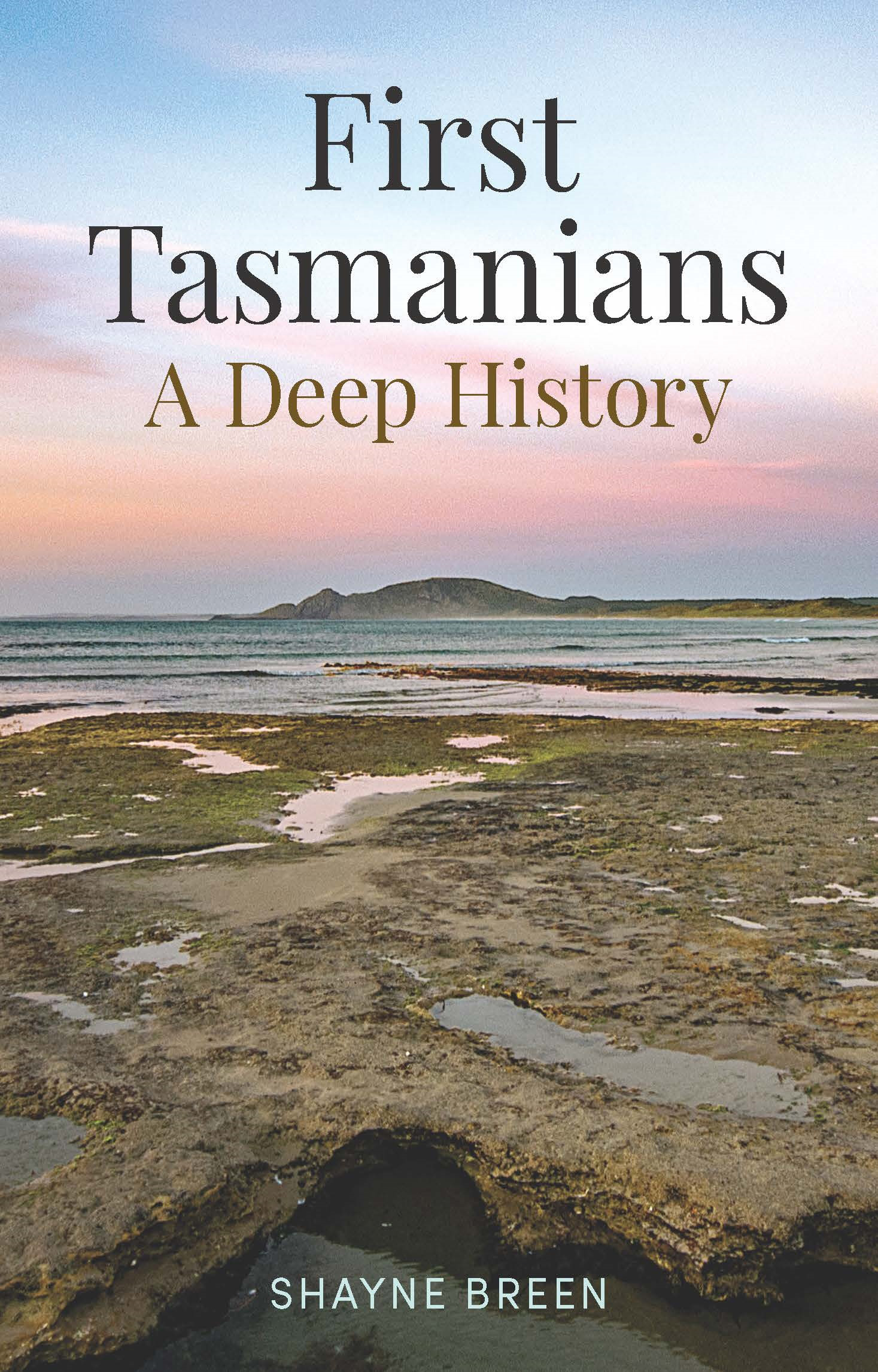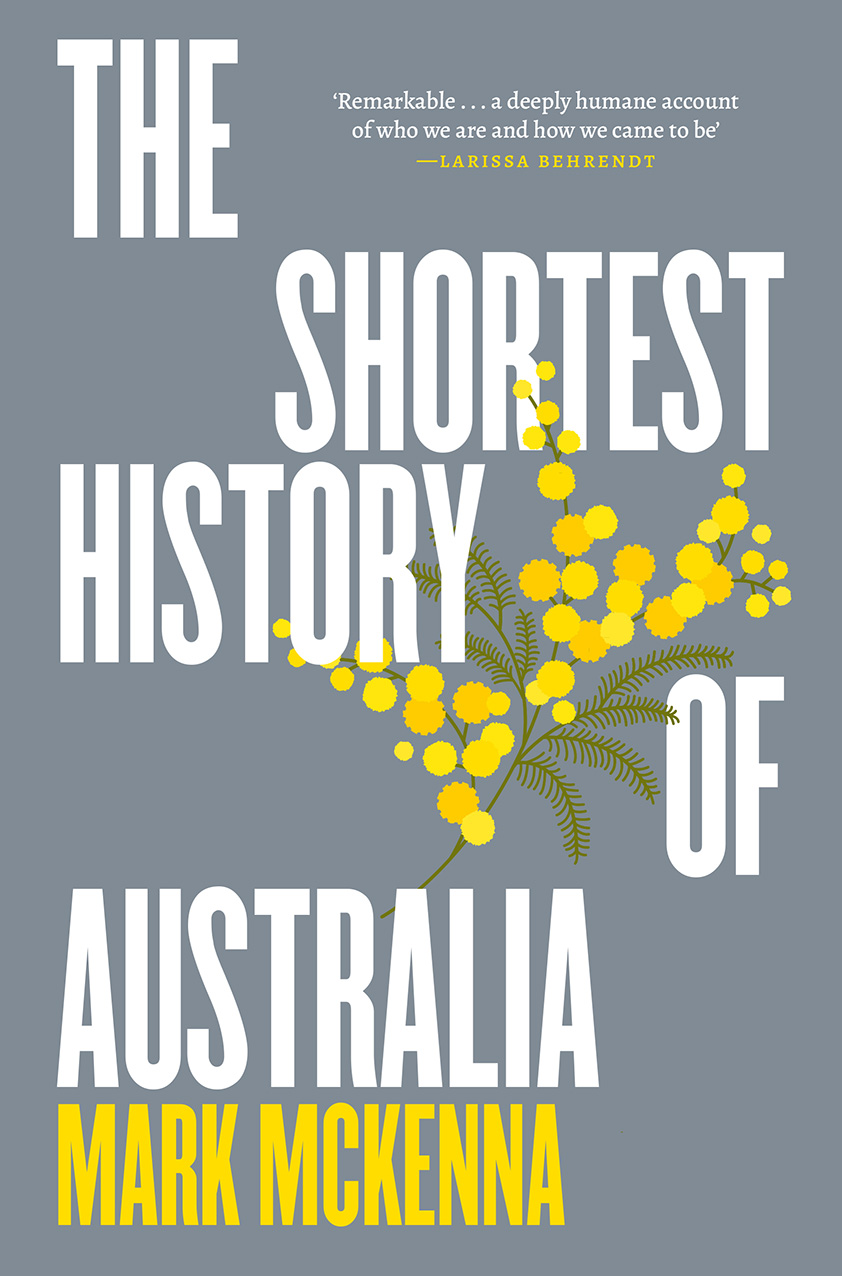History
Erased: A history of international thought without men by Patricia Owens
The Australian philosopher Michelle Boulous Walker – writing in Philosophy and the Maternal Body: Reading silence (1998) – argued that making sense of the exclusion of women from Western philosophy required thinking beyond a ‘spatial logic of “inside” and “outside”’; the marginalisation of women’s voices ‘needs to be understood as something more than a simple exclusion’. In the case of institutional philosophy, at least, this is because there are logics found within it that work to silence women.
... (read more)The World at First Light: A new history of the Renaissance by Bernd Roeck, translated from German by Patrick Baker
A few years ago, conservatives in Australia supported a push to get courses on Western Civilisation into universities, with generous funding from the Ramsay Foundation. They wished to combat what they saw as an overemphasis on the evils of colonialism and postcolonial exploitation and to reinstate a history proclaiming the benefits of European culture. At first glance, Roeck’s book matches this agenda. It retells, in updated form, the grand narrative of a sublime ancient Greek culture – described as ‘an unparalleled achievement of the human mind’ – transmitted by the Romans, then rediscovered and enhanced by the Renaissance, that ultimately brought the benefits of democracy and European science to the world. Its heroes (the word recurs repeatedly) are male thinkers, artists, and inventors, and its ‘modernity’ is exclusively European.
... (read more)This week, on The ABR Podcast, Clare Corbould reviews The Shortest History of the United States of America by Don Watson. Corbould praises Watson’s ‘sharp observations’ and his ‘wry and knowing analysis’ but notes a ‘melancholic tone’ as he explores the United States’ slide ‘into populism and authoritarianism’
... (read more)The Colonialist: The vision of Cecil Rhodes by William Kelleher Storey
Very few people – apart from royalty – have had countries named after them. But the coinage ‘Rhodesia’ was being used a few years after the white military force Pioneer Column moved into Zimbabwe in 1890. For Cecil Rhodes was truly a colossus, punningly named after one of the ancient Seven Wonders of the World. A famous Punch cartoon has him bestriding the map of Africa, one foot on Cape Town and the other on Cairo, linked by a telegraph line hanging from his outstretched arms.
... (read more)In writing Borneo: The last campaign, Michael Veitch has taken on a worthy subject. It was ‘the largest, most complex, most meticulously planned amphibious military operation ever undertaken by the forces of Australia’. Yet, despite its scale and the military prowess displayed, the campaign has received little sustained attention in print since the publication of Gavin Long’s official history, The Final Campaigns, in 1963 and is overshadowed in the public imagination by the great epics of Australian military history, like Gallipoli and Kokoda.
... (read more)Survival in Singapore: Elizabeth Choy, Operation Jaywick and the battle for truth in Changi by Tom Trumble
This book starts with something of a bum steer. The cover declares that Survival in Singapore is about the ‘triumph and tragedy of Australia’s greatest commando operation’. It turns out that the commando operation is not its main subject at all, as Tom Trumble acknowledges in his note to readers, but the hook for a tale of sacrifice and suffering in Japanese-occupied Singapore during World War II. This faint misdirection did not trouble me – the subject of wartime Singapore interests me more than a tale of derring-do – but it did surprise. Is this part of marketing a popular war history – always go with the more dramatic angle?
... (read more)Reframing Indigenous Biography edited by Shino Konishi, Malcolm Allbrook, and Tom Griffiths & Deep History edited by Ann McGrath and Jackie Huggins
The growth in understanding of the tens of thousands of years of this continent’s pre-colonial and post-colonial Aboriginal history has been one of the great intellectual achievements of postwar Australia. But if these two collections of essays are any guide, there are reasons to be gravely concerned about the future of this field of knowledge.
... (read more)The Shortest History of the United States of America by Don Watson
The latest in Don Watson’s intermittent series of books and essays about the United States – which now spans twenty-five years – finds him in a melancholy mood, though not quite ready to write off America.
... (read more)The genocide of the First Peoples of Tasmania, concentrated within a brief, sixty-year span from 1815-75, was an incalculable tragedy that destroyed a remarkably adaptable and ecologically sustainable group of nations who occupied the island for at least 40,000 years. The rapid destruction of Aboriginal Tasmania in a colonial environment that was rapacious and profoundly racist meant that there was next-to-nothing left that might allow us to understand how they saw themselves, or the nature of their social structures and customs, and the belief systems of their world. This is especially tragic for the descendants who have sought to affirm their Aboriginal identity in the face of the ignorance and self-satisfied indifference of the immigrant society.
... (read more)Mark McKenna’s The Shortest History of Australia is the latest offering in Black Inc.’s Shortest History series (now nearing twenty titles). Combining erudition and expertise with good writing and respect for readers, the books aim to be more than a primer or a simple precis of common knowledge. Rather, the challenge of length imposed by the publisher and heralded in the title is generative for the history told. In both the text and in ensuing publicity, authors explain and justify how they tackled the task.
... (read more)

